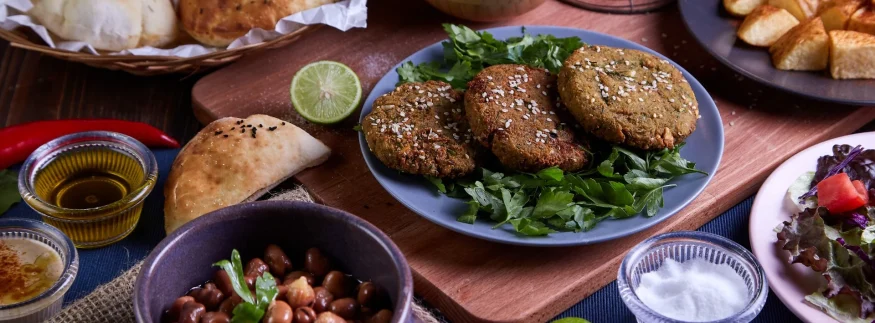
Nelly Ezz
Image via Celebrity Cruises
One of the most delicious and authentic cuisines in the world is Egyptian cuisine. Egyptian chefs frequently put their spin on the most popular cuisines in Egypt using a combination of ingredients from all across the Middle East and North Africa. These flavour combos usually reflect the many cultural influences that Egypt has had throughout its history. So let’s dig deep into our beloved local cuisine and find the best places to try them.
Koshary

The most popular and common local dish is koshary. It comprises boiled lentils, rice, pasta, chickpeas, fried onions, and a distinctive garlicky red sauce. Usually, extra packs of vinegar and hot sauce are provided for the customer to add to their liking. Another version of koshary that only a few know about is yellow koshary; it is made of orange lentils and boiled eggs. You can get koshary anywhere around Cairo, but Abo Tarek, Koshary El-Tahrir, and Tom & Basal are the most popular ones you can find everywhere.
Ful Medames (Fava Beans)
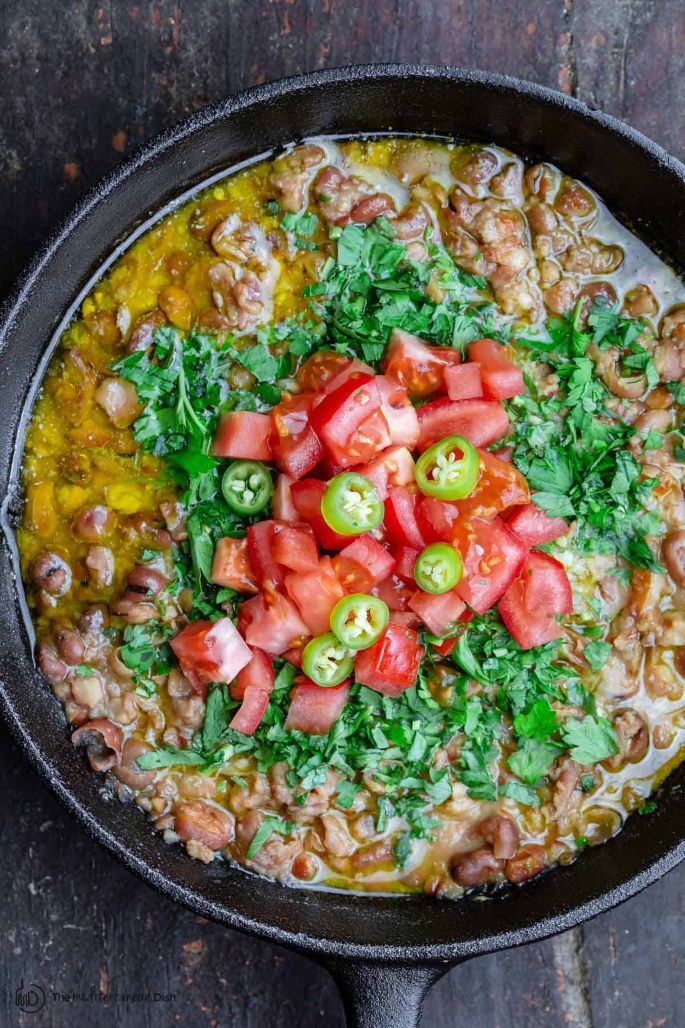
Vegetarians who enjoy Egyptian cuisine have much to look forward to, and ful medames may be among the best yet. It’s a stew of creamy fava beans cooked with cumin, olive oil, garlic, lemon juice, herbs, and spices. It’s a typical Egyptian dish that can be eaten for late breakfast, lunch, or even the evening. Ful has many variations depending on your location; the Alexandrian has many vegetables with red sauce, and another has tahini inside. You can find ful street carts everywhere, but you can also find them in famous restaurants like Zooba, El Gadaa, Tabali, and Gad.
Stuffed Pigeon

You probably won’t find stuffed pigeon served anywhere else in the world. The pigeons are first boiled before being filled with grits or spicy rice, onions, and tomato sauce. Then, the pigeons are cooked in fat or baked in the oven. Although this recipe has a lot of fat and carbohydrates, the taste is worth it! Hammam mahshi, A.K.A. stuffed pigeons, are available anywhere in Egypt; however, Farahat, El Dahan, Hamam Abdo, El Menoufy and Seekh Mashwy serve up excellent stuffed pigeon alongside many other dishes.
Taameya (Falafel)
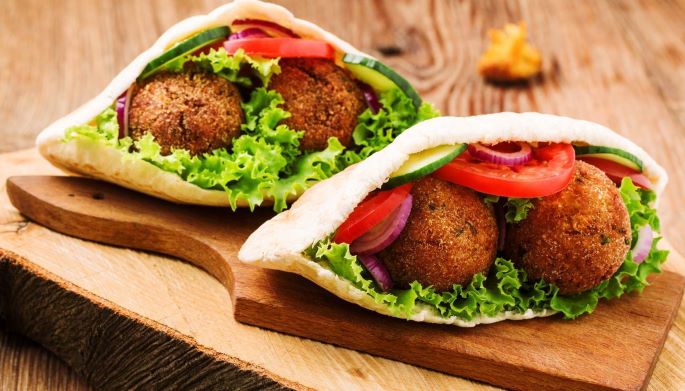
Wherever ful medames is served, you will find falafel right by its side. The well-known Egyptian name for falafel is taameya. Fava beans and green herbs are used to make famous fried patties throughout the Middle East; this gives the dish a vibrant green colour. It is frequently consumed as a breakfast item or in sandwiches with tomatoes, pickles, and tahini. Of course, many high-end places have created falafel burgers, salads, and wraps throughout the years, but local oily taameya will always be a crowd favourite.
Halabesa

The soup known as halabesa is made using chickpeas that have been boiled with a mixture of tomato, onion, garlic, and numerous spices. It comes in a cup with a straw for drinking the soup and a spoon for eating the chickpeas. Halabesa is offered at tiny stalls near the sea or the Nile but is not typically sold in restaurants or cafes. The combination of all of the ingredients and the spiciness of halabesa creates the ideal ambience for a chilly Egyptian night as street food.
Molokheya
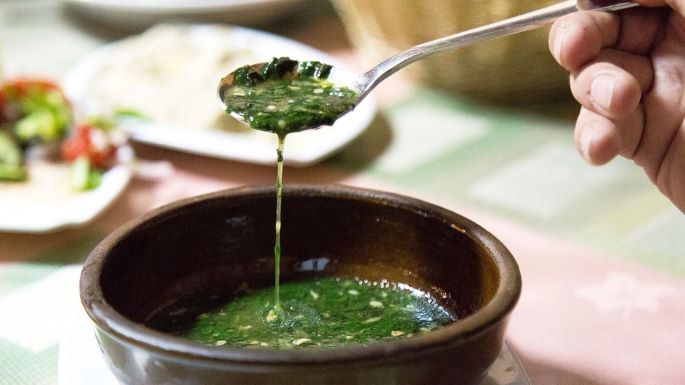
Finely chopped jute leaves are used to make the Egyptian dish molokheya, which is then cooked in chicken broth with coriander, garlic, and other flavours. The soup is frequently coupled with meat dishes such as roasted chicken, rabbit, or seafood. But traditionally, It is served with rice or Egyptian flatbread, unlike the Lebanese version that is sauteed instead. You can have excellent molokheya in Abo El Sid, Cairo Kitchen, El Mohamdy, El Prince, Abou Shakra, and many other places across the capital.
Kawaree (Cow Feet)
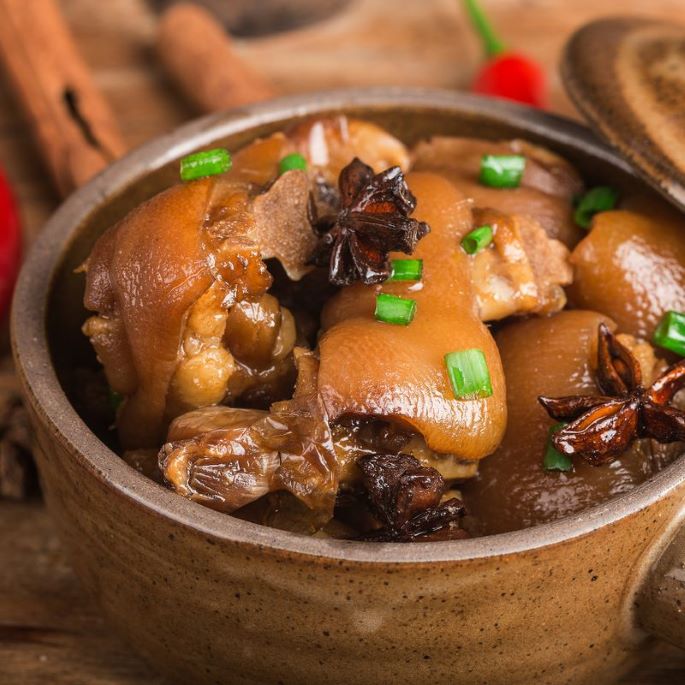
Cow feet that have been cleaned and boiled are used to make the dish kawaree. Kawaree soup is made with this gelatinous substance because of its consistency. There are different methods to serve kawaree, although the most popular way is soup. It is occasionally consumed with stuffed vine leaves, rice, and tomato sauce to be served like a fattah. You can get kawaree in any local restaurant downtown or try it in El Prince, Abo Omar, 7agoga, and Abo Khaled.
Mombar
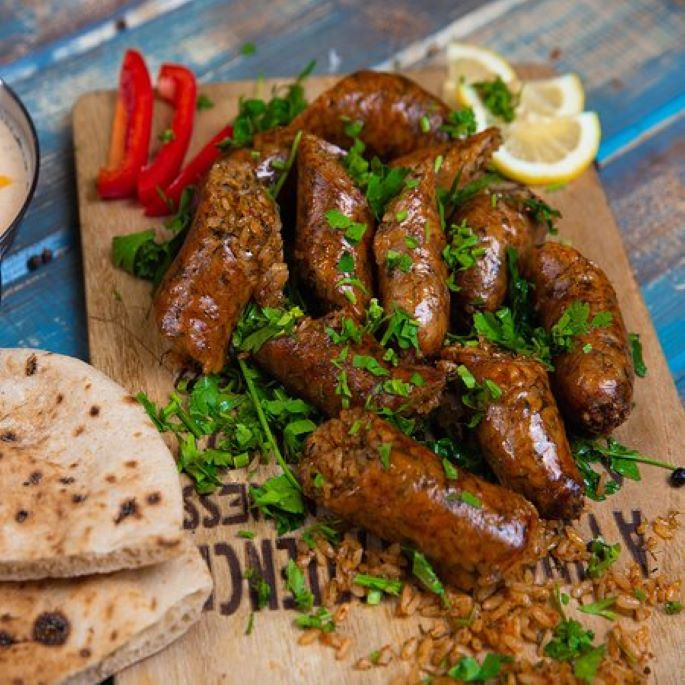
Mombar is a type of sausage prepared from the intestines of sheep. The cuisines of Egypt and other nations in North Africa and the Middle East, including Libya, Tunisia, Algeria, and Syria, are known for using it. Before being fried until they reach a lovely golden brown hue, the sausages are first boiled in water. You can find mombar in any local restaurant like Kasr el Kababgy, El Prince, 7agouga, and Om Hassan.
Hawawshi
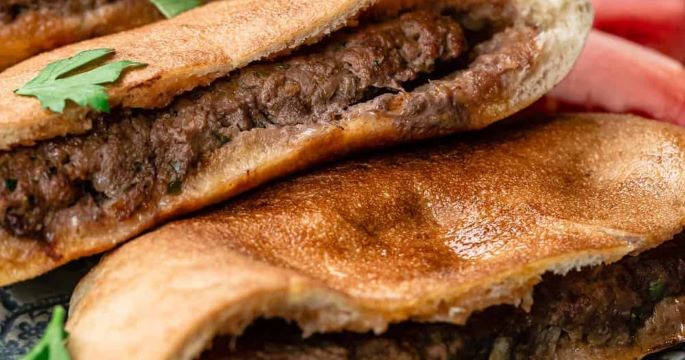
Hawawshi is essentially balady bread packed with minced meat. Along with other traditional local foods, Egyptians have made unique modifications to make them more delicious. Hawawshi is now available in several variations, including pastrami, cheese, and sausage. In Alexandria, the meat is wrapped in fresh dough rather than bread, which is an intriguing twist. Hawawshi carts are everywhere around the city, but Hawawshi El Rabee is the most popular by far.
Ghorayeba

The only three components needed to make ghorayeba are ghee, flour, and powdered sugar. Ghorayeba, an Egyptian holiday cookie similar to kahk, is made especially for Eid and other occasions like Easter. When prepared properly, it has a distinctive fine crumb and a delicate buttery texture that virtually melts in your mouth. You can find them during the holiday seasons and beyond in El Abd, La Poire, Koieder, and Sale Sucre.
Feseekh
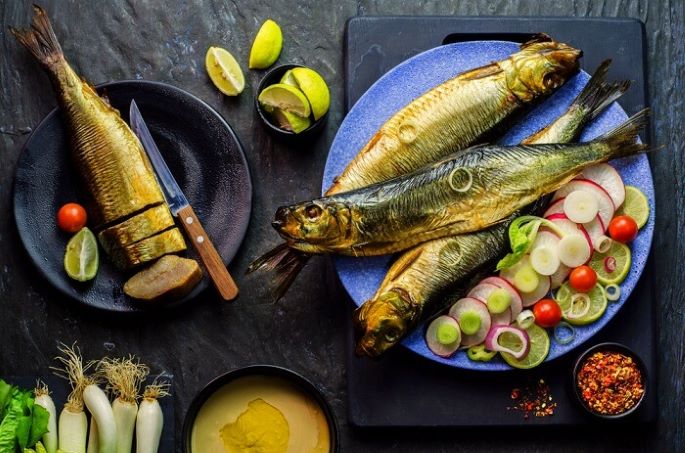
Egyptians have been eating feseekh, an ancient Egyptian dish, for centuries. It contains fermented and salted mullet fish. Feseekh is typically served with green onions, pita bread, and herring. There is no doubt that the stench is awful, but there is some debate concerning the flavour. Either you’ll fall in love with it, or you won’t be able to stand taking that first taste. Usually, people do not buy it and tend to make it at home, but Hyper One usually serves it around Easter time.
Basbousa
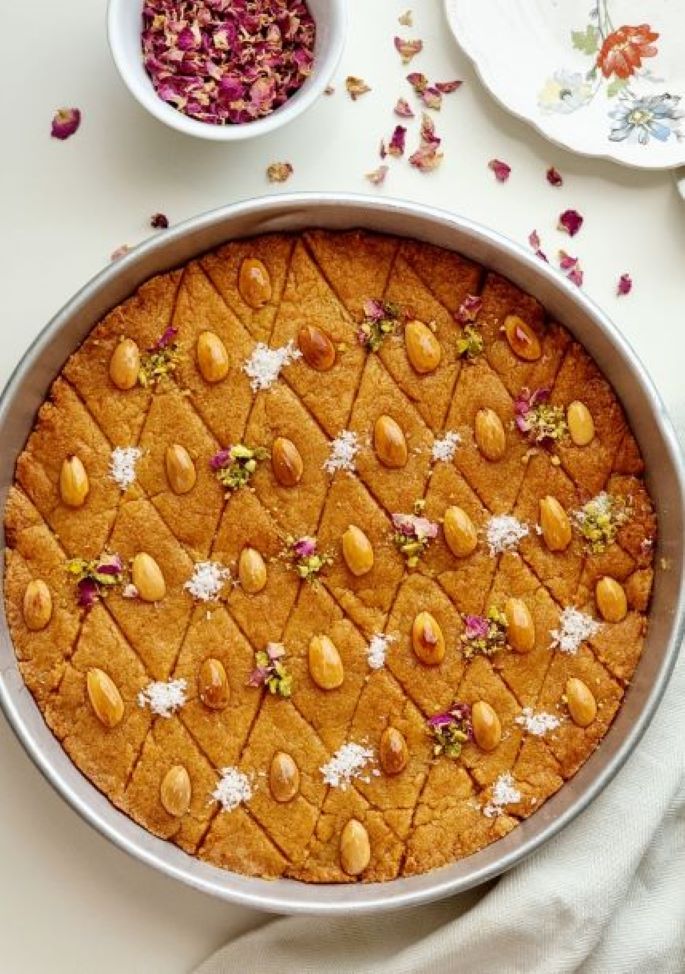
Semolina, coconut, and yoghurt are the main ingredients of the Egyptian cake known as basbousa, which is available everywhere. Along with the several variations prepared at home, each local bakery in Egypt has its own take on it, but the base is always the same. You can find Basbousa in places like Sale Sucre, Voila, El Abd, and Koieder.
Feteer
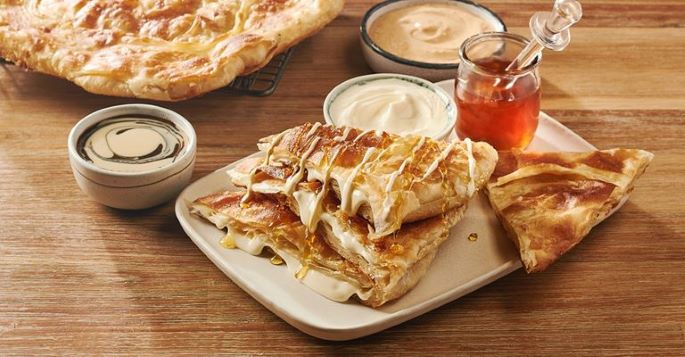
One of the most delicious and filling delicacies from Egypt is feteer! It literally means “pie”, but there’s much more to it than that. It is constructed of numerous sheets of delicate buttery dough. It can be eaten plain or with honey and tahini. In modern days, people started filling those pies with things like sausages, cheese, custard, sugar, chocolate, and chicken in various sauces, veggies, and minced meat. Dina Farms, Feteera, and Testy Pesty are prominent names that have excelled in the feteer scene lately.
recommended
 Restaurants
Restaurants
Cairo's Ramen Revival: 5 Must-Try Bowls Around the City
Asian Food Asian Restaurants Cafés
Cafés



